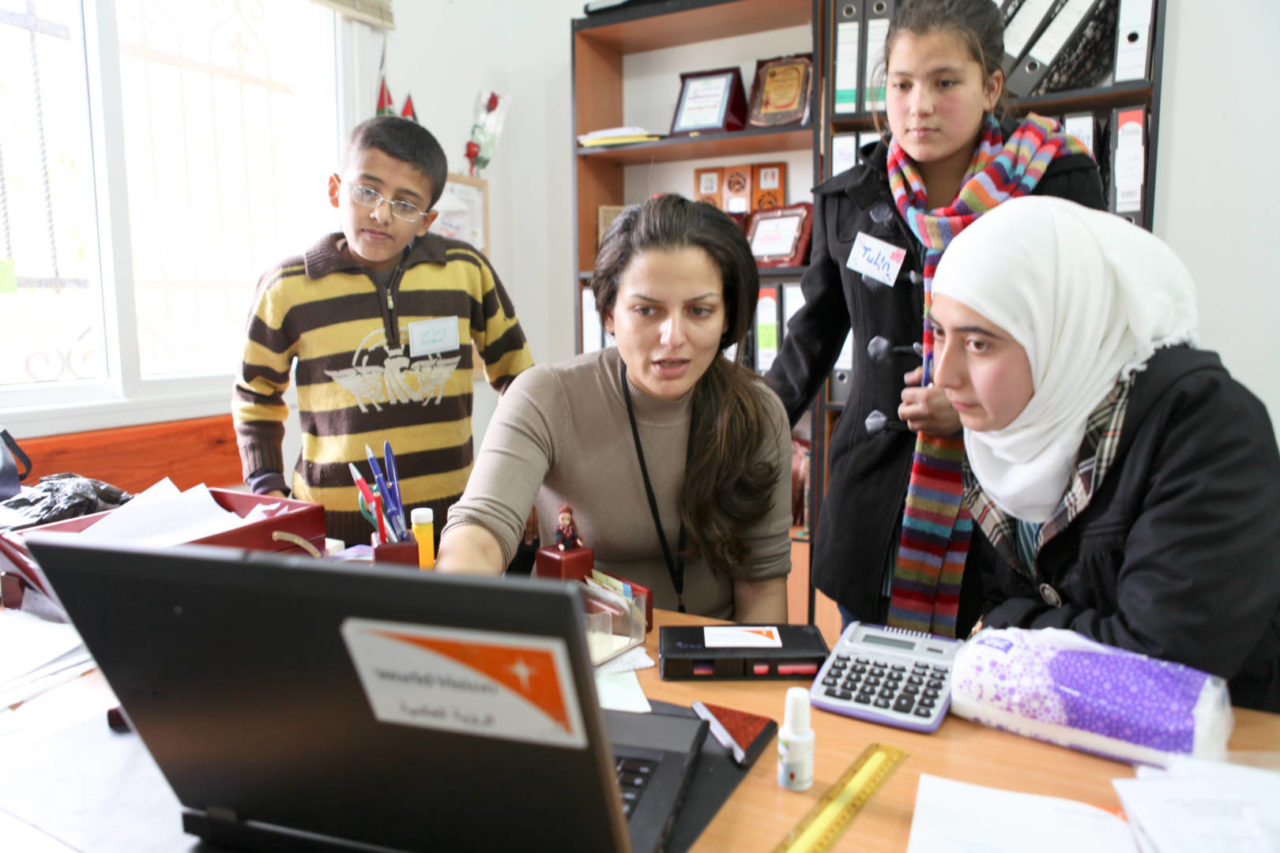
Mobile banking and apps, computers, and solar energy are commonplace in the U.S. But World Vision is using this same technology to transform remote communities around the world.
Last Mile Mobile Solutions
Every minute counts when a disaster strikes. Last Mile Mobile Solutions, developed by World Vision and now being used by a dozen other organizations, is revolutionizing how survivors receive food, cash assistance, and relief supplies in their time of greatest need.
With this innovative software, aid workers quickly register beneficiaries and record their names, pictures, locations, and eligibility for assistance — all on a smartphone. Information is then transferred to a computer for verification and tracking. The same process that used to take four minutes now takes four seconds, shortening lines and getting essentials to families faster.
Learn more about how World Vision prepares for disasters and responds quickly with life-saving aid when they occur.
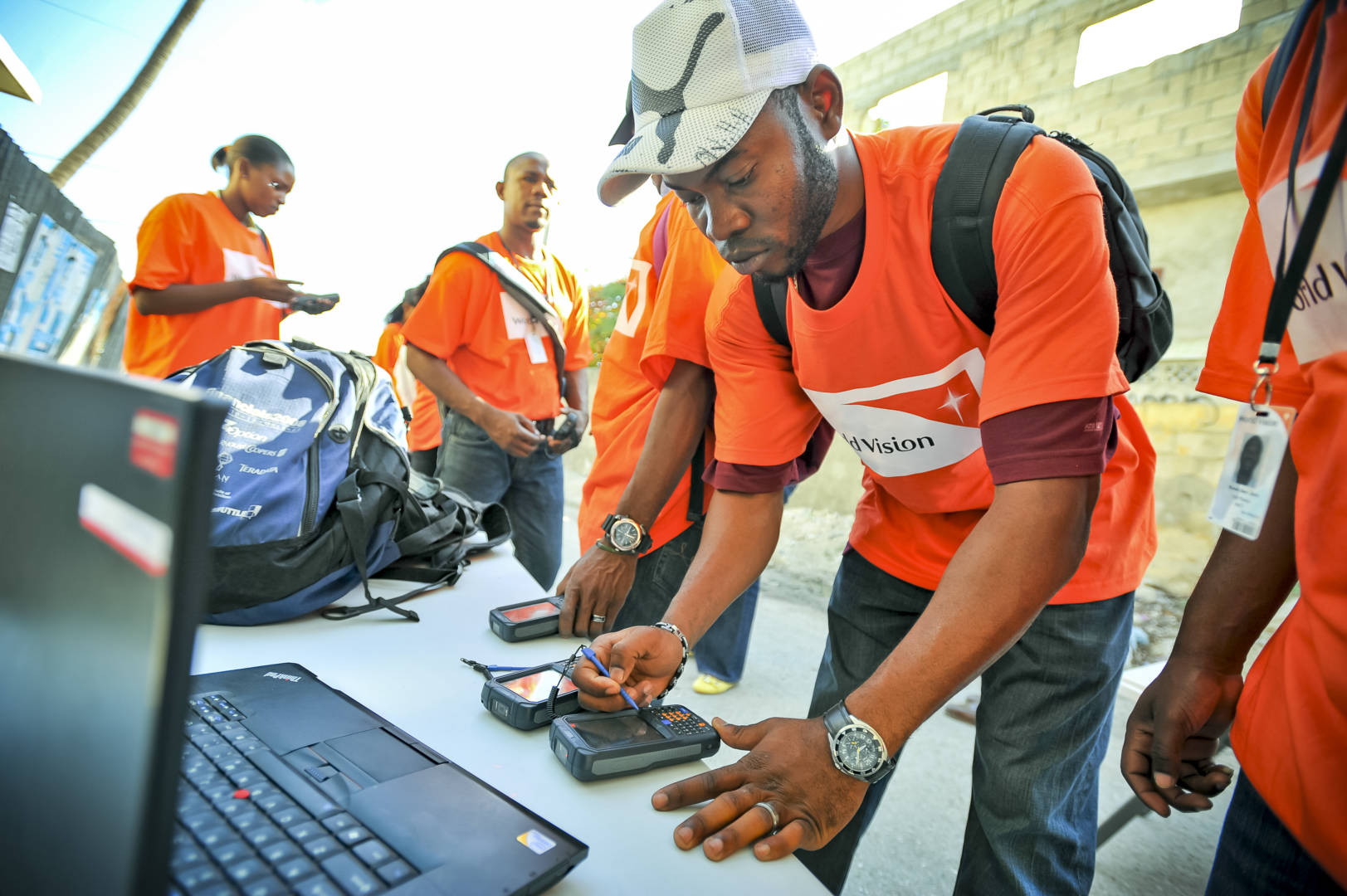
mHealth
World Vision is a global leader in the mobile health movement, which equips community health workers with mobile phones to help bridge information gaps. mHealth allows them to deliver the right information to the right people at the right time.
Health workers can use their cell phones to send and receive information on a particular patient, including progress reports, medical records, and reminders about appointments and treatments. They can also access a wealth of medical information and connect to consulting physicians.
Learn more about how World Vision ensures child and maternal health by promoting health and nutrition practices and preventing major causes of disease.
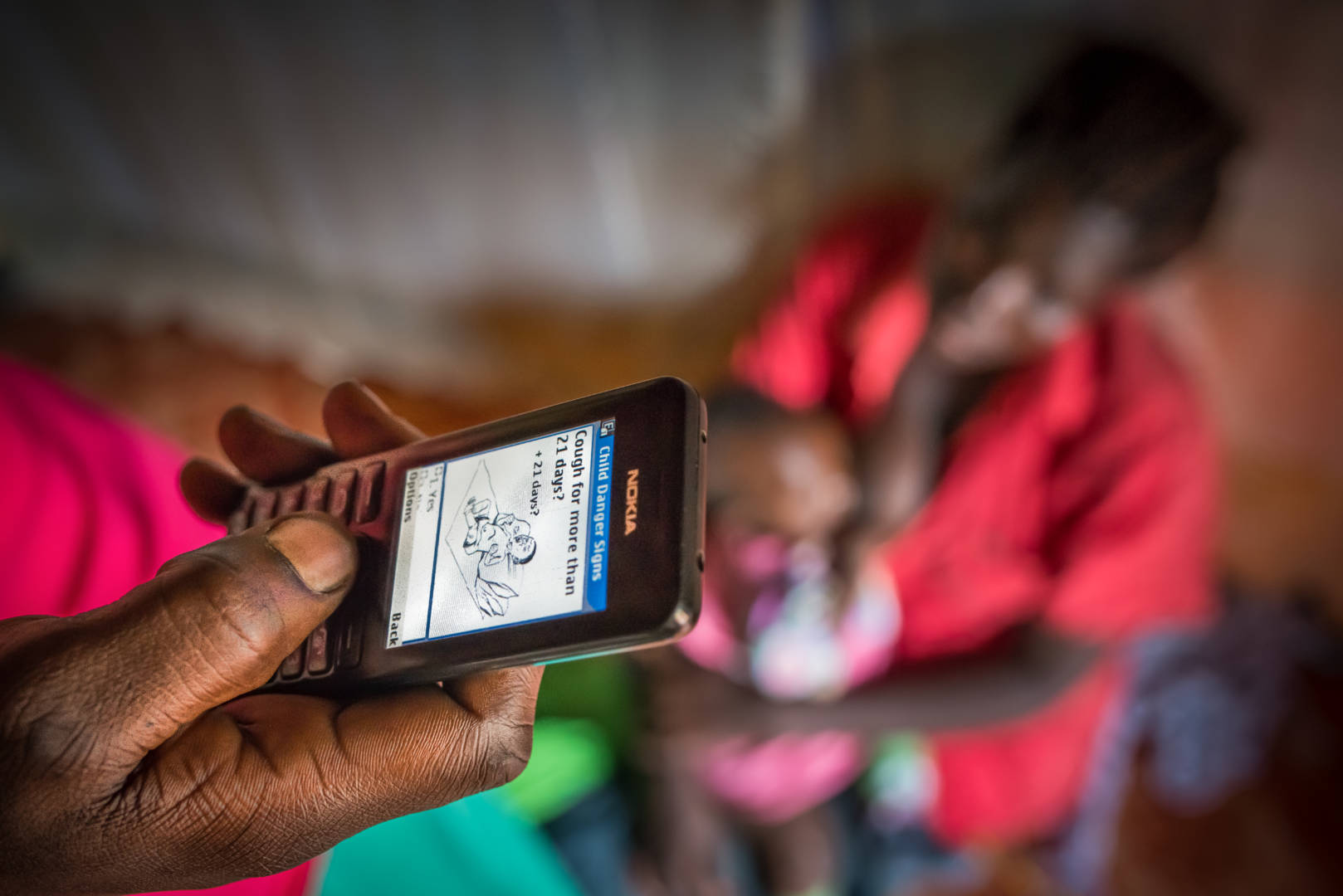
Spark a Child’s Digital Future
In the most rural communities in Africa, textbooks are scarce. So most students have never seen a computer. World Vision teamed up with corporate partners and local governments to provide low-cost computer labs equipped with secure power and Internet connections, extra-durable computers, and locally relevant digital education materials. Now these schools that once lacked basic supplies like chalk and paper are helping students learn effectively using technology.
The program, Spark A Child’s Digital Future, provides resources to help thousands of students learn, connect with the world, and develop skills for their future. Eager students can also engage with interactive lessons and activities. “We’re finding that genuine hope has been infused. There’s a lot more engagement in the schools,” says Lou August, a World Vision senior technology adviser. Teachers also are improving their technology skills, and community members have access to computer labs after school.
Learn more about how World Vision addresses barriers to education and works with communities and local governments to improve the quality of education children receive.
ECONOMIC DEVELOPMENT
VisionFund mobile banking
A mobile app is changing the way rural communities do business. World Vision introduced a mobile banking app to help farmers and entrepreneurs in Cambodia and Tanzania save time, money, and energy using phone transactions — rather than walking long distances to the nearest bank.
Within the mobile app, clients are able to receive small business loans, pay back loans, and save through their registered mobile number. World Vision’s economic development program, VisionFund, uses this innovative use of technology to bring down delivery costs and provide flexible solutions for clients.
Learn more about how World Vision facilitates savings groups, improves market development, and provides access to microfinance, helping to break the cycle of poverty.
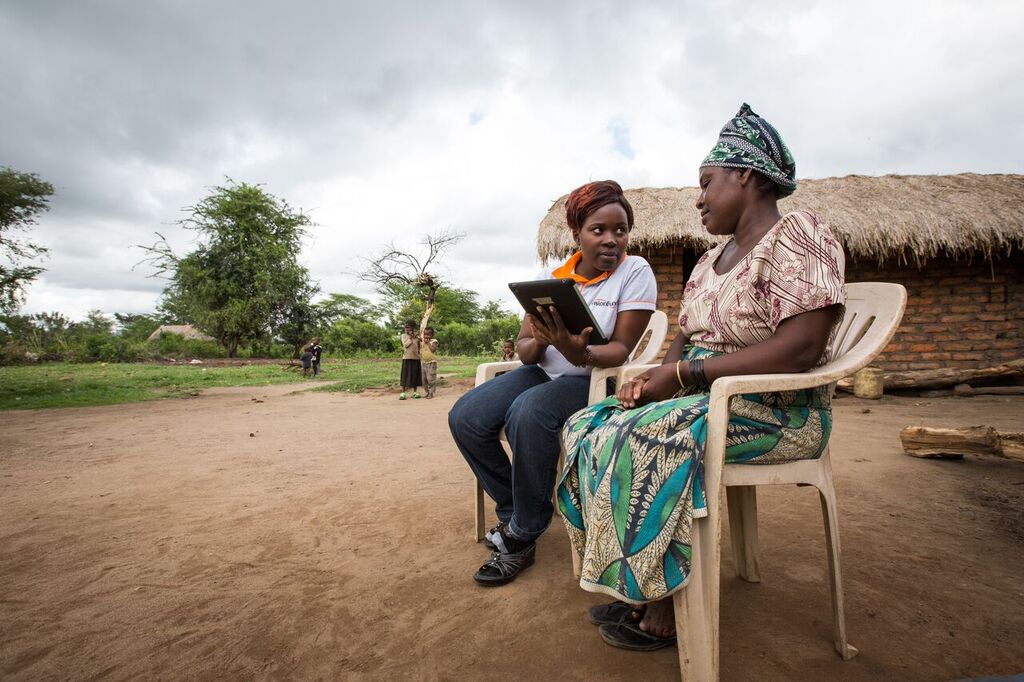
Solar energy distribution systems
World Vision is the largest nongovernmental provider of clean drinking water in the developing world, and we’ve teamed up with the Grundfos — the largest maker of water pumps in the world — in order to provide clean water to millions of people in sub-Saharan Africa using solar-powered water pumps.
Learn more about how World Vision is focused on providing clean water and sanitation to every man, woman, and child in every community we work in, including the most vulnerable populations in the hardest-to-reach places.
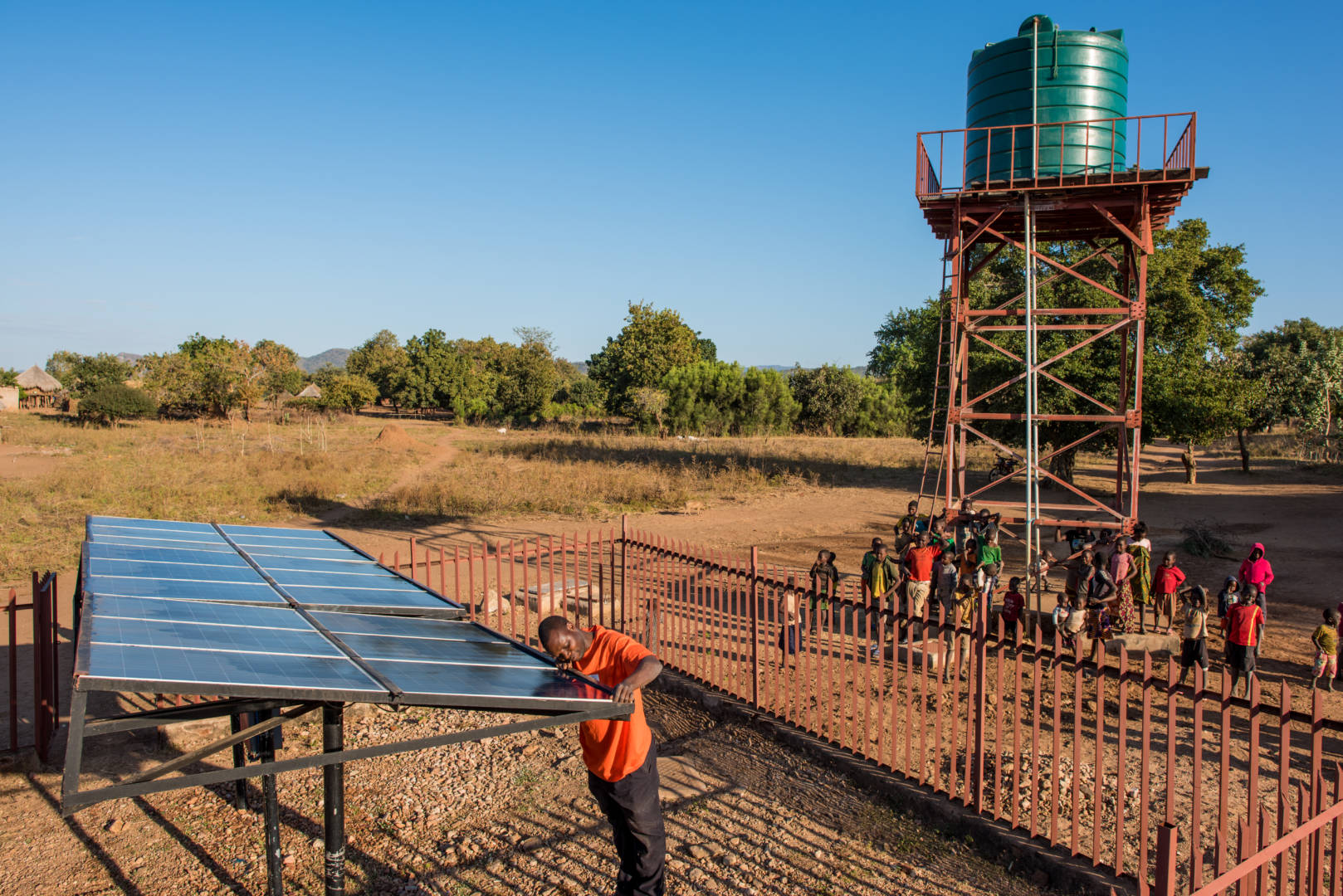

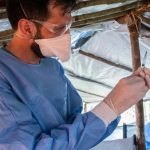
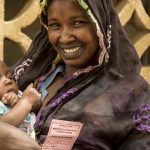
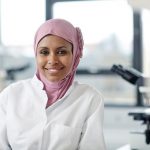







RSS